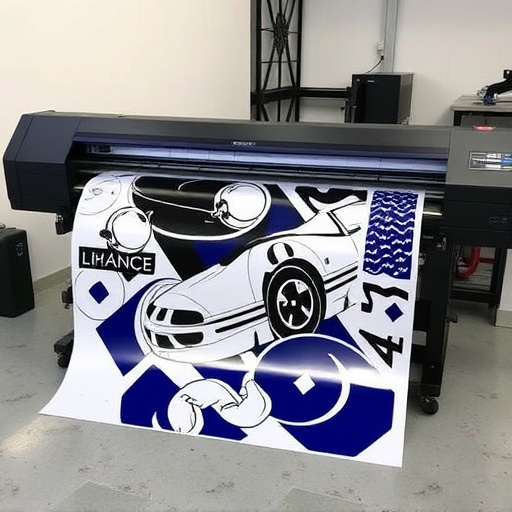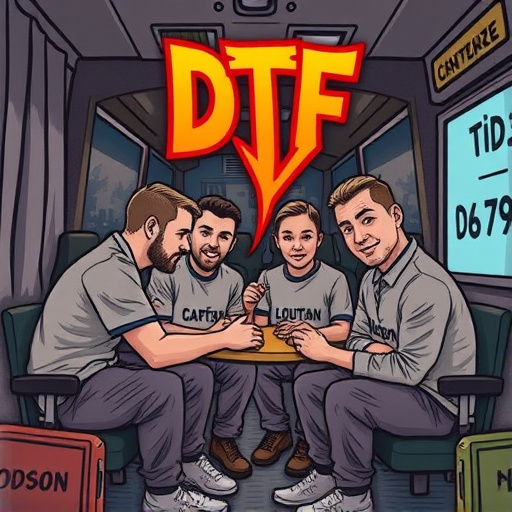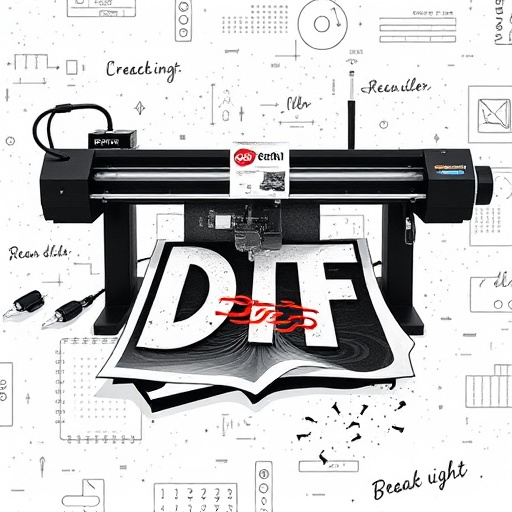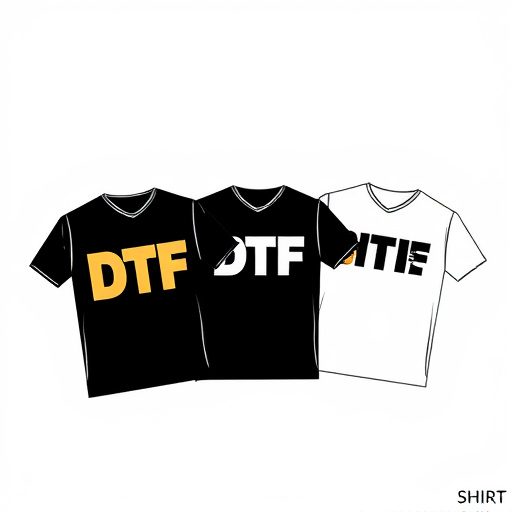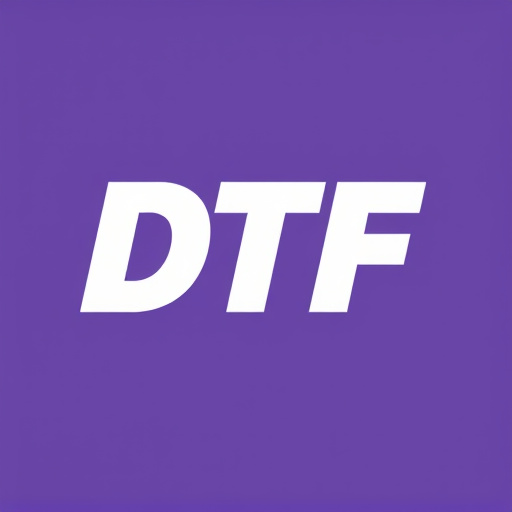Custom DTF (Direct-to-Fabric) transfers have revolutionized apparel printing, offering cost-effective and versatile solutions for intricate designs on textiles. However, their ease of replication raises security concerns about unauthorized alterations and counterfeiting. To protect intellectual property rights and maintain customer trust in DTF custom apparel, robust security measures are essential. These include data encryption, multi-factor authorization, strict access controls, regular security audits, cloud storage with built-in security features, and uploading custom gang sheets for efficient organization. Implementing these practices ensures the integrity of Custom DTF Transfers by monitoring workflows, versioning processes, and establishing clear guidelines for handling physical and digital media.
Custom DTF transfers offer unique benefits, but their secure storage is paramount to protect sensitive data. This article explores best practices for safeguarding these transfers, delving into understanding potential vulnerabilities and implementing robust security measures. We’ll guide you through effective access control strategies and monitoring techniques, ensuring your custom DTF transfers remain confidential and intact in today’s digital landscape.
- Understanding Custom DTF Transfers and Their Vulnerabilities
- Implementing Robust Security Measures for Safe Storage
- Best Practices for Access Control and Monitoring
Understanding Custom DTF Transfers and Their Vulnerabilities

Custom DTF (Direct-to-Fabric) transfers have revolutionized the way businesses create and print on apparel and other textiles, offering a cost-effective and versatile solution for dtf custom apparel. This technology allows for intricate designs and detailed prints, making it popular among artists, designers, and small businesses. However, with this convenience comes potential vulnerabilities. One of the primary concerns is ensuring the security and integrity of the transfer process to prevent unauthorized alterations or counterfeiting.
DTF transfers involve applying a layer of ink directly onto fabric using heat and pressure. This method creates durable prints, making it ideal for creating unique, personalized items. However, the digital nature of these transfers also means that they can be easily replicated if not properly secured. Protecting intellectual property rights is crucial, especially when dealing with dtf custom orders. Businesses must implement robust security measures to safeguard their designs and maintain customer trust in the integrity of their products.
Implementing Robust Security Measures for Safe Storage

Implementing robust security measures is paramount for safeguarding Custom DTF Transfers. This involves encrypting sensitive data to prevent unauthorized access and employing strong authentication protocols like multi-factor authorization. Organizations should also enforce strict access controls, ensuring that only authorized personnel can view or modify transfer files. Regular security audits and updates are essential to patch vulnerabilities and stay ahead of emerging threats.
Additionally, leveraging cloud storage solutions with built-in security features offers a cost-effective way to manage and store DTF transfers by size. Uploading your own gang sheets enhances control and customization, allowing for efficient organization and retrieval. By combining robust security practices with scalable storage options, businesses can ensure the secure handling of Custom DTF Transfers while maintaining operational efficiency.
Best Practices for Access Control and Monitoring
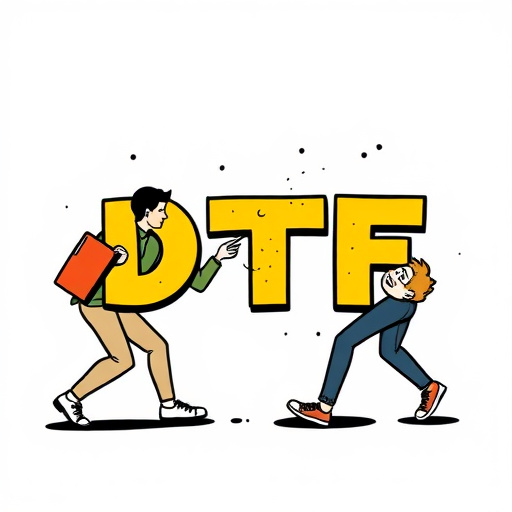
To ensure the safety and integrity of Custom DTF Transfers, robust access control and monitoring practices are essential. Limit access to sensitive data and files only to authorized personnel who require it for their specific roles. Employ strong authentication methods, such as multi-factor authentication (MFA), to safeguard accounts from unauthorized entry. Regularly audit access logs to identify any suspicious activity or unauthorized attempts to access or modify dtf transfer files.
Monitor the entire workflow of dtf file preparation and heat press settings to prevent tampering or unintended changes. Implement a system for tracking file versions, ensuring that only approved versions are used in production. Additionally, establish clear guidelines and protocols for handling and storing both physical and digital media associated with Custom DTF Transfers. Regularly update these practices to keep pace with evolving security threats and best practices in the industry.
Custom DTF transfers, while offering unique benefits, require stringent security measures to protect sensitive data. By understanding their vulnerabilities and implementing robust security practices, including strong access control and continuous monitoring, organizations can safeguard these valuable assets. Adhering to best practices ensures the confidentiality, integrity, and availability of Custom DTF Transfers, fostering a secure digital environment.






